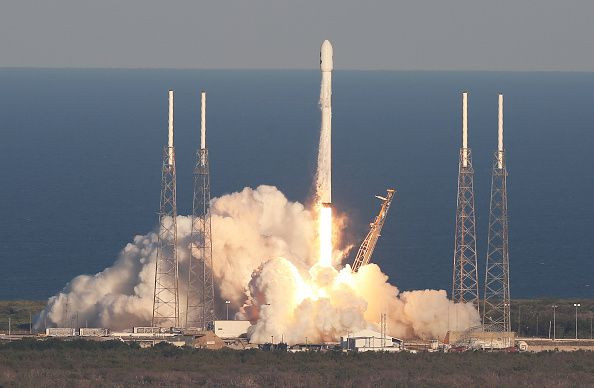NASA Building A Catalog Of Alien Locations In Space

NASA has built a catalog of stars where scientists could find alien life.
The space agency's Transiting Exoplanet Survey Satellite, or TESS, will be examining nearby stars for possible signs of life. TESS is looking at around 400,000 stars to find not just a few Earth-like places but perhaps thousands.
Lisa Kaltenegger, director of the Carl Sagan Institute at Cornell University and also the study leader, explained that they would be taking note of planets that get energy from its star much like how Earth gets its energy from the Sun. Although this might not be an indicator of life, having the same or equal energy may indicate presence of Earth-like environment.
The study published in the Astrophysical Journal Letters offered more details on how scientists will target the top 1,822 stars with TESS. Many of the 1,822 stars catalogued refer to redder and cooler stars. They are also significantly closer to the Earth, around 30 light-years distant on the average. The proximity allows scientists and TESS to examine newfound planets and stars more closely. Follow-up research using ground-based telescopes is also easier.
The TESS Habitable Zone Stars Catalog will consider several factors in finding planets the size of the Earth: the amount of radiation that the planet receives, the time it takes for the planet to orbit its host star, if it can cross the face of its host star twice and the size of the host star.
Zach Berta-Thompson, an assistant professor of astronomy at the University of Colorado Boulder who is not part of the study, explained that working with small starts is interesting not just because they're unique and pass up for cool laboratories but because they are easily observable. TESS can see Earth-like planets or small rocky worlds easier when they orbit smaller and dimmer stars.
Lately, scientists are working with the theory that to find life outside Earth or extraterrestrial life, they have to consider many and extreme possibilities. One of which is the idea that alien life could be very different from the organisms or living things here on Earth. For example, they may be so advanced that they live and have technology significantly different than us. Alien biological composition or "carbon machinery" may also be a massive leap in the evolution continuum.
The same concern applies to the search for Earth-like worlds. There were some concerns that red stars are quite dangerous because they emit harmful solar radiation at a more uncontrolled pace. They are also somewhat volatile. However, Kaltenegger and her team explained that such concerns are bound only to an Earth-centric understanding of the evolution of life. The search for alien life should also consider microorganisms or smaller life forms that may have also evolved.
© Copyright IBTimes 2024. All rights reserved.





















